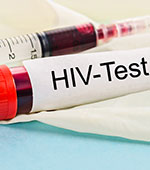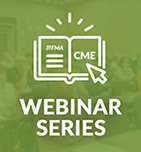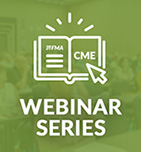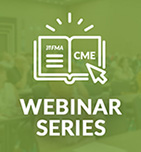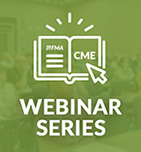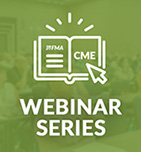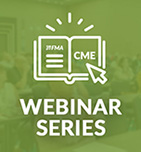PLEASE BE ADVISED THAT YOU WILL HAVE 90 DAYS TO COMPLETE THIS COURSE FROM THE DATE OF PURCHASE.
According to the National Coalition Against Domestic Violence, 37.9% of Florida women and 29.3% of Florida men will be victims of domestic violence by family members or a partner in their lifetime. This is slightly different from the national average, which has 41% of women and 26% of men experiencing intimate partner violence.
"In 2020, 106,515 crimes of domestic violence were reported law enforcement agencies. During fiscal year 2020-21, Florida's certified domestic violence centers provided 412,360 nights of emergency shelter to 10,287 survivors of domestic violence and their children. Advocates created 150,799 tailored safety plans, provided a total of 191,451 hours of advocacy and counseling services, and received 72,321 domestic violence hotline calls form individuals seeking emergency services, information, and safety planning assistance. Many more survivors of domestic violence are not reporting their abusers to the police or accessing domestic violence services due to reasons such as shame, fear, or being prevented from doing so by their abusers. For this reason, we may never know the true extent of abuse in our country and in our state."
https://www.myflfamilies.com/services/abuse/domestic-violence/resources/domestic-violence-statistics
Healthcare professionals may be the first to identify survivors of abuse. And the trust that patients place in their physicians creates a safe haven for disclosure. While physicians cannot solve every problem that patients face, they can serve as a link to connect their most vulnerable patients to community resources and services. Recognition of abuse provides a unique opportunity for improved health outcomes and better adherence to treatment plans.
CME Objectives:
After completing this activity, learners will be able to:
• Describe the incidence and prevalence for domestic violence
• Recognize how domestic violence intersects with other abuse
• Implement recommended strategies to identify patients who may be victims, survivors, or perpetrators of domestic violence.
• Link patients with resources available at the local and national level that assist in providing victim counseling, shelter options, legal aid, and protective services.
• Identify the relevant reporting laws in the State of Florida.
• Increase advocacy within the healthcare community for victims of domestic violence and trafficking.
Disclosure:
The planners of this activity have nothing to disclose.
The authors/faculty have nothing to disclose.
Estimated Completion Time: Two Hours
Instructions for earning credit: Learner must watch the recorded presentation and complete the self-assessment/course evaluation.
Released: March 15, 2024
Expires: March 31, 2026

 Adding Registration, Please wait...
Adding Registration, Please wait...




